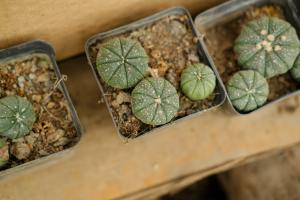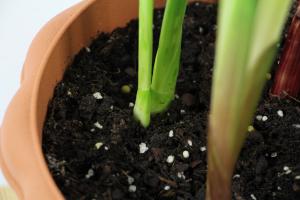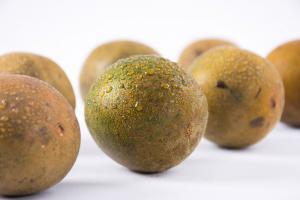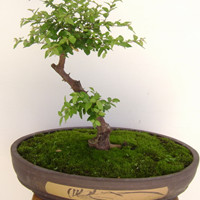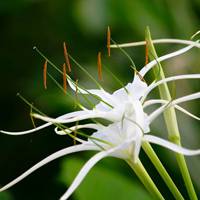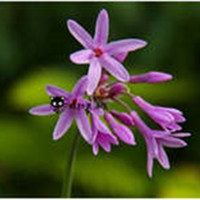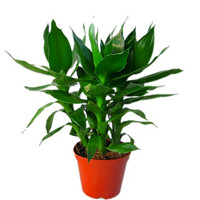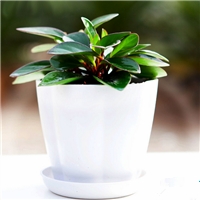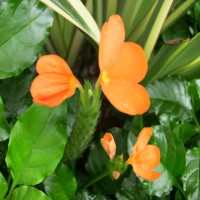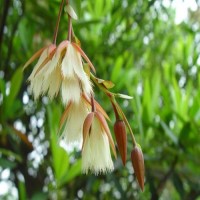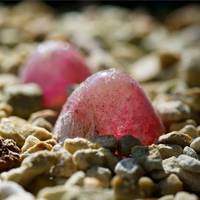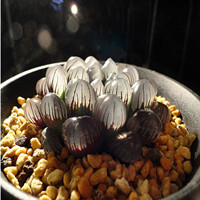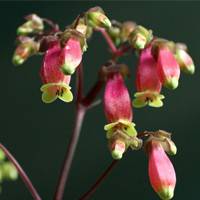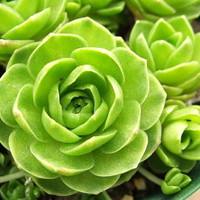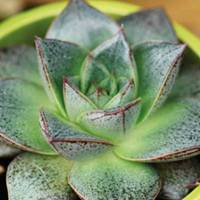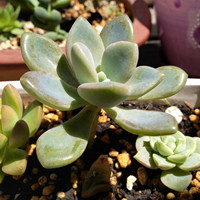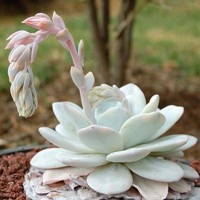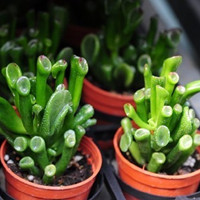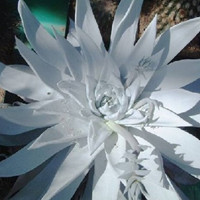Introduction
Plant cells are fundamental units of life that constitute the basis of plant structure and growth. They are eukaryotic cells and possess a number of unique components that differentiate them from other types of cells. In this article, we explore the features of plant cells and answer the question: what type of cell is a plant cell?
Plant Cell Structure
Plant cells consist of a well-defined cell wall that is made up of cellulose and protects the cell's internal contents. Inside the cell wall is the cell membrane, which is a phospholipid bilayer that regulates the movement of substances in and out of the cell. Plant cells contain a large central vacuole that takes up most of the cell space and stores water, enzymes, and other molecules. The vacuole's size can change depending on the plant's water balance.
Another unique feature of plant cells is their chloroplasts, which contain chlorophyll and are responsible for photosynthesis. The process of photosynthesis involves converting light energy from the sun into chemical energy in the form of glucose that the plant can use for growth.
Plant Cell Function
Plant cells have a range of functions that are essential for plant survival. One of the primary functions is the production of energy via photosynthesis, which is crucial for all life on earth. Plant cells also support cell division and organ development, using cell differentiation to form specific tissues such as leaves, stems, and roots. Additionally, plant cells have a crucial role in the transport of nutrients and water, using specialized cells like xylem and phloem to move them throughout the plant.
Differences Between Plant and Animal Cells
While there are many similarities between plant and animal cells (both are eukaryotic cells and contain similar organelles), there are also some critical differences. The most notable difference is the presence of the cell wall in plant cells, which provides rigidity and support, while animal cells have no cell wall. Another difference is in the chloroplasts, which are only found in plant cells and are responsible for photosynthesis.
Conclusion
In summary, plant cells are a unique type of eukaryotic cell that contain many distinct features, including a cell wall, chloroplasts, and a central vacuole. Understanding the structure and function of plant cells is essential for understanding plant physiology and growth, as well as the critical role of plants in the global ecosystem. Overall, knowing what type of cell is a plant cell is fundamental to appreciating the complexity and beauty of the natural world.

 how many times do yo...
how many times do yo...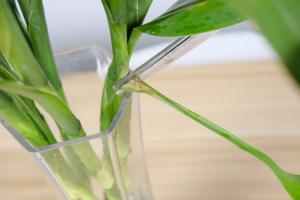 how many planted tre...
how many planted tre... how many pine trees ...
how many pine trees ... how many pecan trees...
how many pecan trees... how many plants comp...
how many plants comp... how many plants can ...
how many plants can ... how many plants and ...
how many plants and ... how many pepper plan...
how many pepper plan...